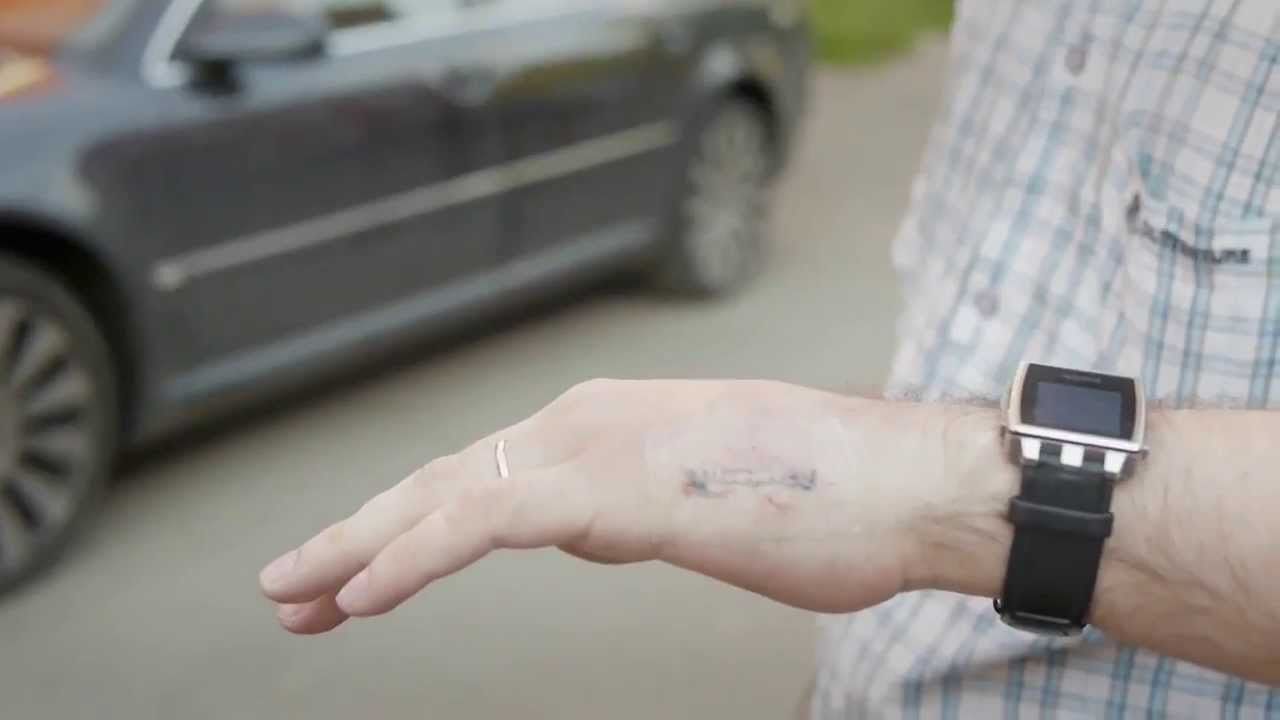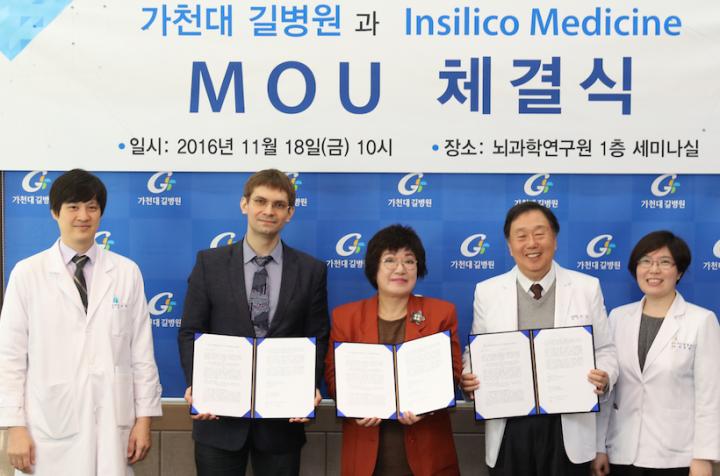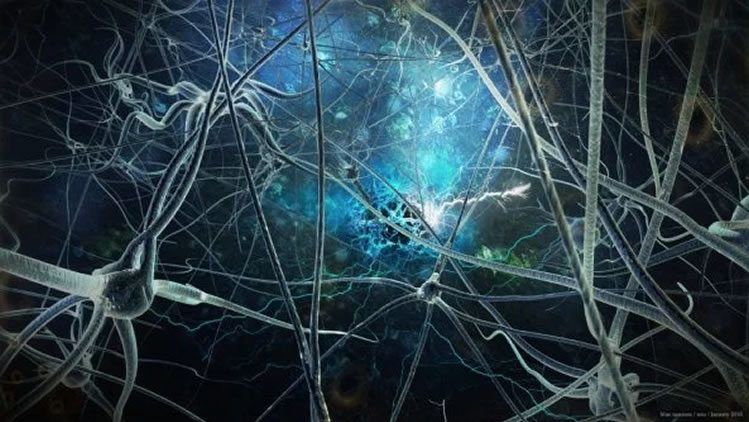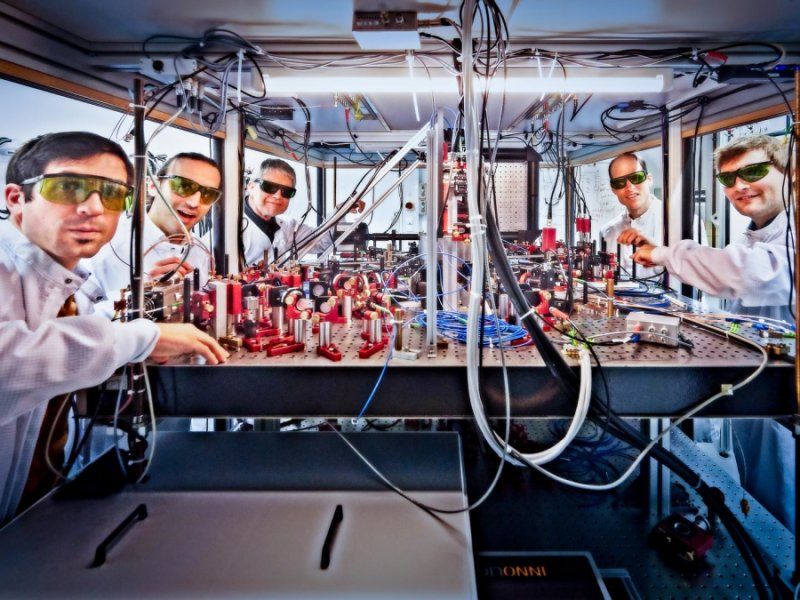Page 10474
Feb 10, 2017
Leading US and Korean researchers to apply artificial intelligence to aging research
Posted by Montie Adkins in categories: biotech/medical, life extension, robotics/AI
Summary:
- Many recent advances in artificial intelligence and aging biomarkers that transpired since 2013 are converging
- Gachon University and Gil Medical Center are at the forefront of aging research in Korea
- Aging research is gaining credibility in the pharmaceutical industry and healthcare in general
- Insilico Medicine and Gachon University and Gil Medical Center have partnered to collaboratively develop biomarkers and interventions
Friday, 3rd of February, 2017, Baltimore, MD — Insilico Medicine today announced that it signed a Memorandum of Understanding (MOU) and started the first collaborative research project with one of the largest research and medical networks, Gachon University and Gil Medical Center. The intent of the long-term collaboration is to develop artificially intelligent multimodal biomarkers of aging and health status as well as interventions intended to slow down or even reverse the processes leading to the age-related loss of function.
Feb 10, 2017
Harvard Medical School Is Perfecting Brain Computer Interface Implants
Posted by Karen Hurst in categories: biotech/medical, robotics/AI
I suggest they connect with DARPA or Dr Phillip Ball on QBS.
This is undoubtedly relief for certain medical conditions, but the potential for misuse, harm and control demands an ethical debate to define the limits. Unfortunately, Technocrats shun such discussions. ⁃ TN Editor.
In labs testing how brain implants could help people with physical disabilities, tales of success can be bittersweet.
Continue reading “Harvard Medical School Is Perfecting Brain Computer Interface Implants” »
Feb 10, 2017
New Tech Can Send Data 10 Times Faster Than 5G
Posted by Klaus Baldauf in category: internet
This new development in technology could provide wireless communications faster than 5G before 5G is even released in 2020.
Feb 10, 2017
The Future for Financial Services
Posted by Karen Hurst in categories: business, computing, finance, quantum physics
Of course it will; and already been tested in some institutions.
Could quantum computing change the way we look at Financial Services? Frederik Kerling, Business Consultant at Atos, considers its impact in this piece of speculative fiction.
Feb 10, 2017
Crystals for Superconduction, Quantum Computing and High Efficiency Solar Cells
Posted by Karen Hurst in categories: chemistry, computing, quantum physics, solar power, sustainability
Nice forum on QC Crystal Superconduction in Mar.
From March 8–10, 2017, an International Conference on Crystal Growth is to be held in Freiburg under the auspices of the German Association of Crystal Growth DGKK and the Swiss Society for Crystallography SGK-SSCR. The conference, jointly organized by the Fraunhofer Institute for Solar Energy Systems ISE, the Crystallography department of the Institute of Earth and Environmental Sciences at the University Freiburg and the University of Geneva, is to be held in the seminar rooms of the Chemistry Faculty of the University of Freiburg. Furthermore, the Young DGKK will hold a seminar for young scientists at Fraunhofer ISE on March 7, 2017.
“Whether for mobile communication, computers or LEDs, crystalline materials are key components of our modern lifestyle,” says Dr. Stephan Riepe, group head in the Department of Silicon Materials at Fraunhofer ISE. “Crystal growth has a long tradition and today is still far from becoming obsolete. Materials with special crystalline structure are being developed for applications in high-temperature superconductors through to low-loss power transmission. Artificial diamonds are a favorite choice for building quantum computers. At the conference, the production of silicon, III-V semiconductors and most currently perovskite layers for cost-effective high efficiency tandem solar cells will also be discussed.”
Continue reading “Crystals for Superconduction, Quantum Computing and High Efficiency Solar Cells” »
Feb 10, 2017
3D printed soft robotic hand controlled by brain signals offers ‘better interaction with the environment’
Posted by Karen Hurst in categories: 3D printing, quantum physics, robotics/AI
Add RadioBio/ Quantum Biosystem technology and this will be perfect.
Soft robotics researchers at the University of Wollogong (UOW) in Australia have used 3D printing to build a realistic robotic hand that can be controlled by brain signals and which has a surface texture similar to human skin.

Feb 10, 2017
Future Warfare: Meet The Electromagnetic Railgun
Posted by Klaus Baldauf in category: military

https://youtube.com/watch?v=M3C6lrTkBXU
At the U.S. Army’s annual Maneuver and Fires Integration Experiment (MFIX), the Blitzer railgun performed successfully during eleven test firings. The test projectiles contained a Guidance Electronics Unit (GEU), which beamed back telemetry indicating the shells achieved an acceleration of over 30,000 gravities, and that all components survived the multi-Tesla magnetic field that powers the launcher.
“We continue to perform risk reduction and technology maturation of projectile designs and components to culminate in an integrated demonstration of a maneuvering railgun launched projectile,” says Nick Bucci, vice president of Missile Defense and Space Systems at General Atomics Electromagnetic Systems.
Continue reading “Future Warfare: Meet The Electromagnetic Railgun” »
Feb 10, 2017
Russian cyborgs among us: technology that literally gets under your skin
Posted by Klaus Baldauf in categories: cyborgs, transportation

https://youtube.com/watch?v=Pq8Rj9IrJkY
Moscow is one of five cities in the world where people have begun installing subcutaneous implants for travel on public transport. The first Russian cyborgs, however, complain about the limits of using their new devices in everyday life.
Feb 9, 2017
Another hurdle to quantum computers cleared: Sorting machine for atoms
Posted by Karen Hurst in categories: computing, particle physics, quantum physics
Nice.
Physicists at the University of Bonn have cleared a further hurdle on the path to creating quantum computers: in a recent study, they present a method with which they can very quickly and precisely sort large numbers of atoms. The work has now been published in Physical Review Letters.
Imagine you are standing in a grocery store buying apple juice. Unfortunately, all of the crates are half empty because other customers have removed individual bottles at random. So you carefully fill your crate bottle by bottle. But wait: The neighboring crate is filled in exactly the opposite way! It has bottles where your crate has gaps. If you could lift these bottles in one hit and place them in your crate, it would be full straight away. You could save yourself a lot of work.
Continue reading “Another hurdle to quantum computers cleared: Sorting machine for atoms” »















